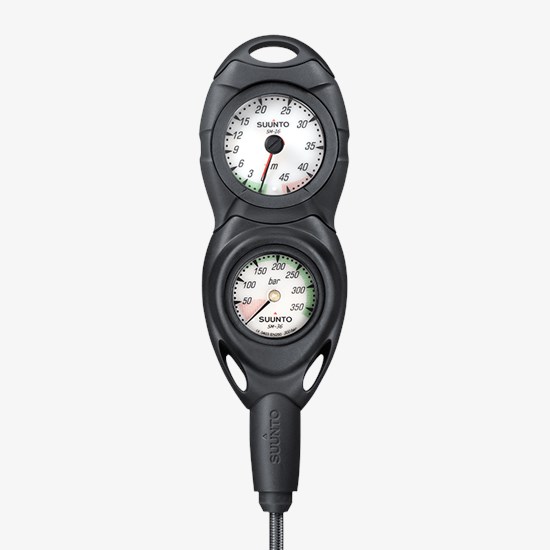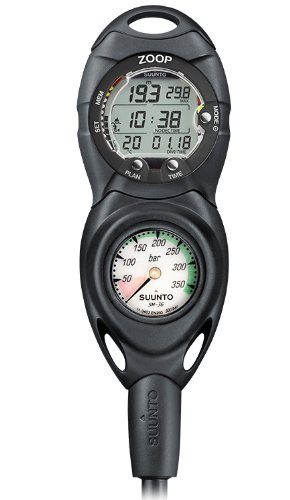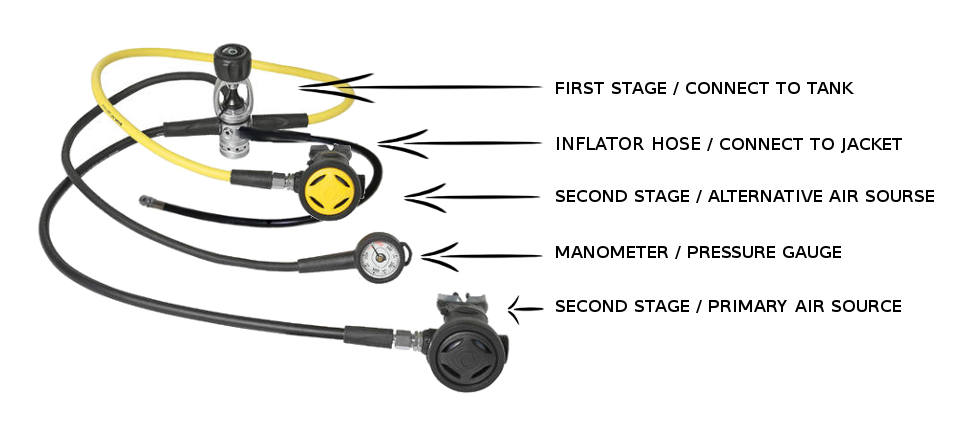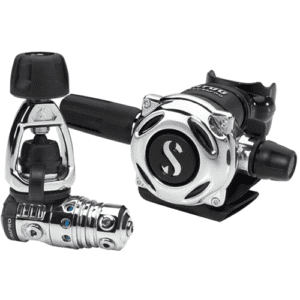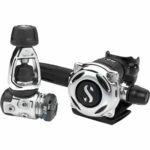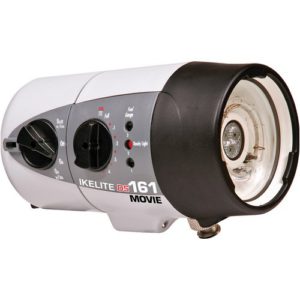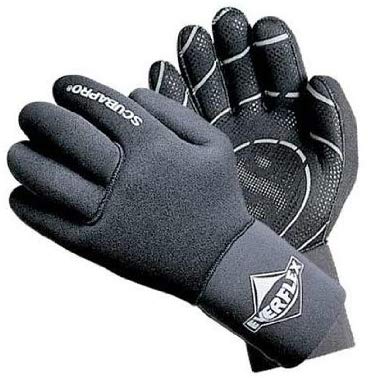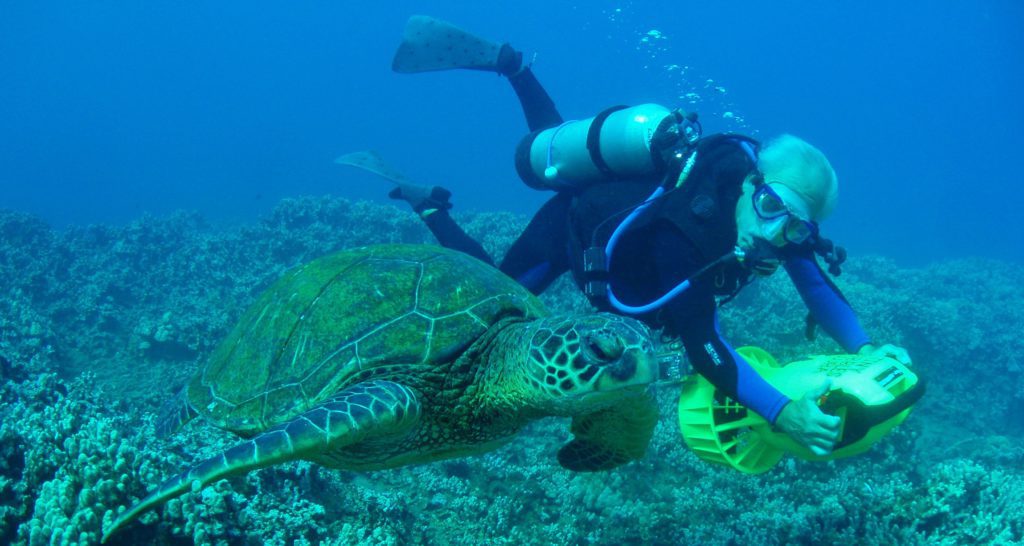
Updated October 21, 2022
For my reviews of specific diving scooters, please check out this review:
Underwater Propulsion Scooter Guide
Underwater propulsion scooters, also known as diver propulsion vehicles (DPVs), underwater propulsion vehicles (UPVs), or more simply, dive scooters, were first devised for military and commercial applications. They are becoming increasingly used by technical and recreational divers, snorkelers, and kids in swimming pools who want to cover an area more quickly and increase range. The range is only limited by dive table limits, the amount of breathing gas carried, and battery power.
DPVs are constructed with a pressure-resistant, watertight casing, and are equipped with an electric motor driving a propeller which is housed in a design that eliminates the chance of damage to the diver, equipment, or surrounding wildlife. This design must ensure that it cannot be started accidentally and is neutrally buoyant so as not to be able to run away from the diver. Typically the scooter has two handles with which the diver steers and controls speed, which is usually a maximum of 2 knots.
![]() DPVs are popular with tech divers because they help make long dives more comfortable and conserve gas, and can provide assistance in fighting against currents. Also, on very deep dives, they make carrying a number of stage bottles or other support equipment easier to manage.
DPVs are popular with tech divers because they help make long dives more comfortable and conserve gas, and can provide assistance in fighting against currents. Also, on very deep dives, they make carrying a number of stage bottles or other support equipment easier to manage.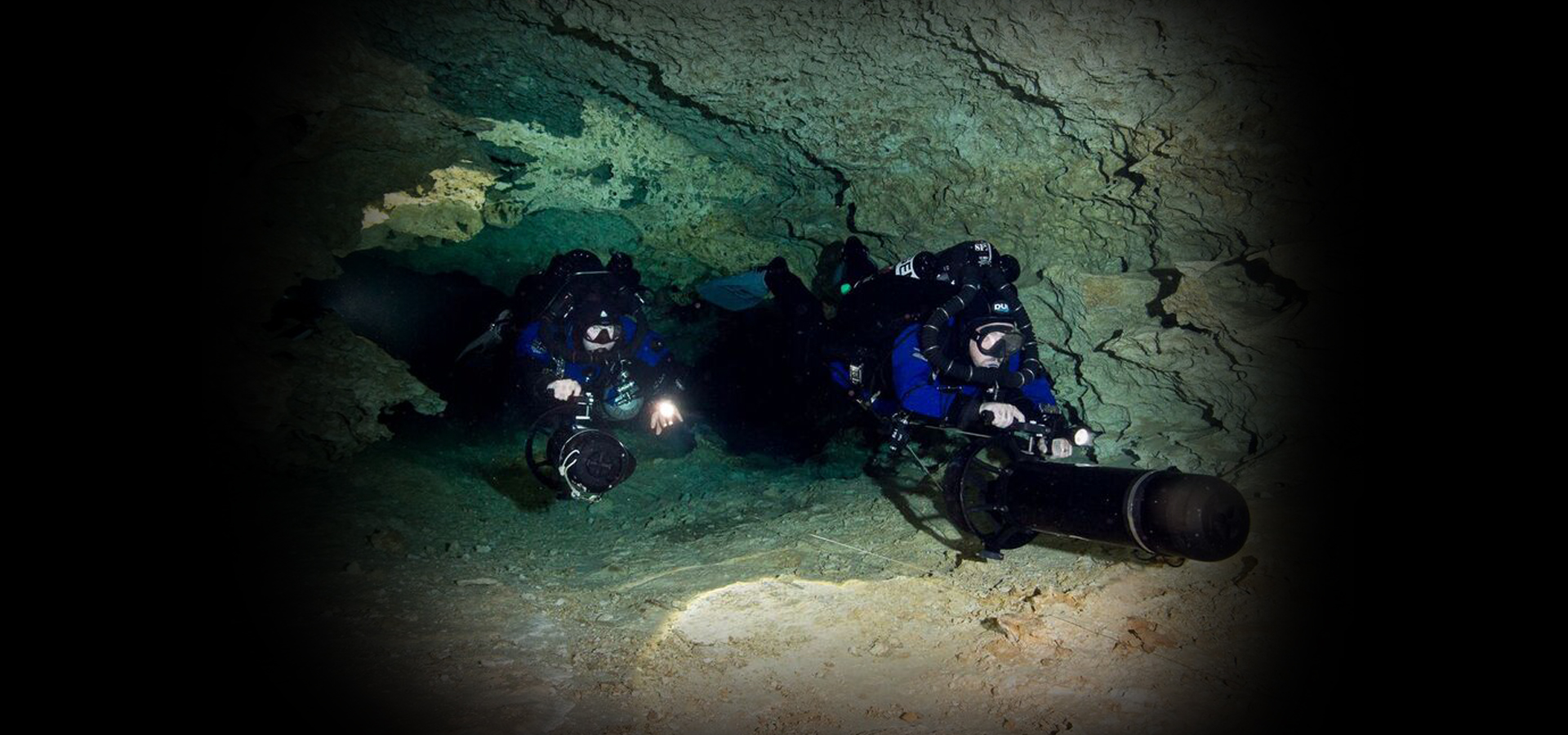
![]() Non-tech divers are also intrigued by the small, cool, attractive vehicles. It is not far removed from feeling like being in some sort of a sci-fi or spy movie, speeding along behind the propeller through the otherworldliness of the sub-sea environment.
Non-tech divers are also intrigued by the small, cool, attractive vehicles. It is not far removed from feeling like being in some sort of a sci-fi or spy movie, speeding along behind the propeller through the otherworldliness of the sub-sea environment.
Practically speaking, they’re pretty useful for both types of divers. The risk from strong currents is decreased and it is possible to cover a much larger area without the usual physical strain, meaning that dives can be extended a good bit due to lower air consumption.
Key Guidelines
Purposes
DPVs come in different shapes and sizes based on the purpose. Those for military or commercial use can be designed for a bigger load of materials and more than one diver. They can be equipped with a mounting board that can carry additional gear such as compasses, cameras, and even spearguns. The ones for recreational use are smaller and designed to pull the diver who holds onto handles on the stern or bow. These are called tow-behinds.
Speed
When using a DPV the speed can be considerably greater than the diver can manually propel himself. This applies to both horizontal movement and vertical movement. The diver should be particularly concerned with buoyancy. When moving horizontally at the maximum speed of 2 knots, the poor buoyancy of the diver can be compensated for. But when slowing down, if the diver has not made adjustments to his buoyancy, it can cause loss of control and descent or ascent to happen more quickly than is safe and can result in barotrauma.
Navigation
Navigation can be a concern. If you move more quickly being towed by a scooter it is possible to get disoriented more quickly. In overhead environments such as caves or wrecks, care needs to be taken to navigate carefully so as to be able to go directly to the exit point. Diving in these types of environments is best done with advanced training. In addition, keep in mind that the DPV is in large part made of metal, which can interfere with the functioning of a compass. Test your compass use before the dive to know how to keep it clear of the potential DPV interference.
Power Limit
The DPV has a limited source of electrical power which is usually measured in hours. Often around two hours is the limit. Current, speed, water temperature, age of the battery, and amount of use can all factor into how long the power lasts. When the battery is dead, the scooter stops. Plan your dive conservatively.
Tether yourself to the scooter, so as not to lose it, especially if you have a tow-behind variety. Most have pre-fixed attachment points. Your BCD has D-rings that you can attach to.
The noise of the DPV, the electrical field generated by it, or the sheer speed of the approach may tend to scare certain wildlife. If your purpose is to see such creatures that these aspects of scooter use affect, then you’ll need to consider not using one.
Cost
Like a lot of scuba gear, Diver Propulsion Vehicles tend to be expensive. You should probably get some training before using one and for a reasonable fee, a DPV would be included. Most of the scuba training agencies offer introductory and in some cases advanced classes. In some dive shops units are available for rental, but most will insist on some sort of training beforehand.
For my reviews of specific dive scooters, please click:
Feedback and Comments
I hope you found this post on DPVs interesting and useful. If you have any questions, comments, or your own personal experience, please feel free to share them in the comments section below. I’d love to know what you think. If there is no comments section directly below, click here: >>comments<<
